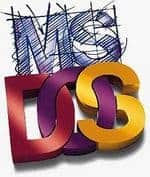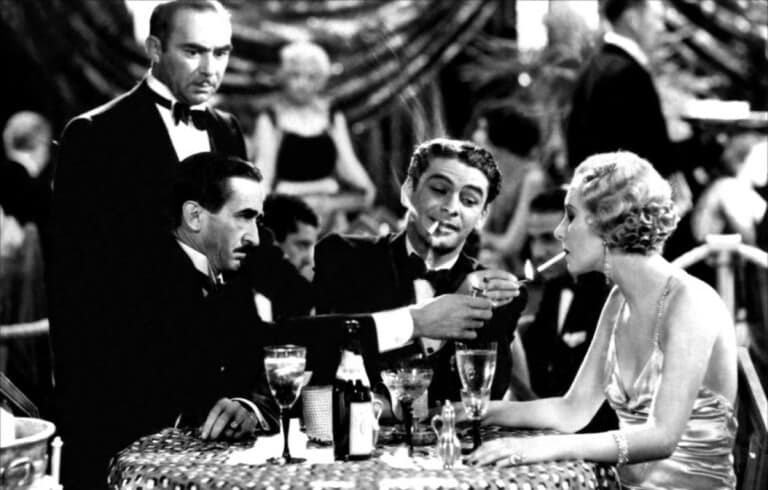Vous utilisez peut-être WordPress pour publier votre blog.
Vous avez commencé à modifier un thème pour l’adapter à vos besoins/goûts/envies mais une variable vous résiste : la variable qui permet d’afficher un post grâce à un numéro unique l’identifiant (ID).
Par défaut, cet identifiant est disponible uniquement à l’intérieur de la boucle (The Loop) de WordPress :
the_ID();Code language: JavaScript (javascript)
Tant que vous vous trouvez dans la boucle, aucun souci.
Par contre, si vous souhaitez écrire votre propre plugin ou utiliser cette variable dans votre sidebar, vous êtes un peu coincé car the_ID() n’est alors plus une fonction valide.
Pour remédier à ce problème, vous pouvez utiliser la variable $post->ID afin de retourner le numéro du post ou de la page.
Jettez un oeil au code suivant :
global $post;
$sky_post_ID = $post->ID;
echo $sky_post_ID;Code language: PHP (php)
Alternative, en effectuant une requête SQL simplifiée par $wp_query.
Cette méthode est utilisée principalement hors de la boucle, en travaillant directement sur la base de données :
global $wp_query;
$sky_post_ID = $wp_query->post->ID;
echo $sky_post_ID;Code language: PHP (php)
Voilà, vous devriez maintenant pouvoir accéder à ces fameux post id et page id.
Happy coding :)


